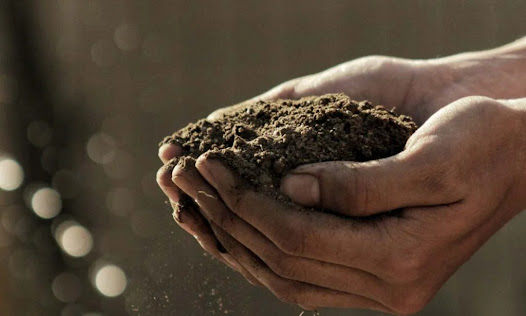Different Types of PP Spunbond Nonwoven Fabric
Polypropylene spunbond nonwoven fabric, commonly referred to as PP spunbond nonwoven fabric, is a versatile material known for its wide range of applications in various industries. This article aims to explore the different types of PP spunbond nonwoven fabric, their characteristics, applications, benefits, and environmental impact.
Introduction to PP Spunbond Nonwoven Fabric
PP spunbond nonwoven fabric is a type of nonwoven material made from polypropylene fibers that are bonded together through a heat-rolling process. It is known for its strength, durability, and resistance to moisture, chemicals, and abrasion. PP spunbond nonwoven fabric is widely used in industries such as agriculture, healthcare, automotive, construction, and packaging.
What is PP Spunbond Nonwoven Fabric?
PP spunbond nonwoven fabric is manufactured using a process called extrusion. In this process, polypropylene pellets are melted and extruded into fine fibers. These fibers are then laid down in a web-like structure and bonded together using heat and pressure. The resulting fabric is strong, lightweight, and breathable, making it suitable for a wide range of applications.
Characteristics of PP Spunbond Nonwoven Fabric
PP spunbond nonwoven fabric has several key characteristics that make it an ideal choice for various applications:
- Strength and durability
- Lightweight and breathable
- Water and moisture resistance
- Chemical and abrasion resistance
- Soft texture and comfortable feel
- Recyclable and eco-friendly
Types of PP Spunbond Nonwoven Fabric
There are several types of PP spunbond nonwoven fabric available in the market, each with its own unique properties and characteristics:
Standard PP Spunbond Nonwoven Fabric
Standard PP spunbond nonwoven fabric is the most common type and is used in a wide range of applications, including packaging, agriculture, and hygiene products.
Hydrophilic PP Spunbond Nonwoven Fabric
Hydrophilic PP spunbond nonwoven fabric is specially treated to absorb water and is commonly used in medical and hygiene products such as diapers and sanitary napkins.
Hydrophobic PP Spunbond Nonwoven Fabric
Hydrophobic PP spunbond nonwoven fabric is treated to repel water and is used in applications where moisture resistance is required, such as outdoor furniture covers and protective clothing.
Antistatic PP Spunbond Nonwoven Fabric
Antistatic PP spunbond nonwoven fabric is treated to reduce static electricity buildup and is used in applications where static control is important, such as electronics packaging and cleanroom environments.
Biodegradable PP Spunbond Nonwoven Fabric
Biodegradable PP spunbond nonwoven fabric is made from environmentally friendly materials that break down naturally over time, making it an eco-friendly alternative to traditional nonwoven fabrics.
Applications of PP Spunbond Nonwoven Fabric
PP spunbond nonwoven fabric is used in a wide range of applications across various industries, including:
- Agriculture (crop protection, mulching, weed control)
- Healthcare (surgical gowns, masks, medical drapes)
- Hygiene (diapers, sanitary napkins, wipes)
- Packaging (shopping bags, gift wraps, courier envelopes)
- Automotive (car interiors, upholstery, carpets)
- Construction (geotextiles, roofing membranes, insulation)
- Filtration (air and liquid filtration, dust bags, face masks)
- Benefits of PP Spunbond Nonwoven Fabric
PP spunbond nonwoven fabric offers several benefits over traditional woven fabrics and other types of nonwoven fabrics:
- Lightweight and breathable
- Cost-effective and versatile
- Easy to customize and process
- Eco-friendly and recyclable
- Resistant to moisture, chemicals, and UV radiation
- Durable and long-lasting
Environmental Impact of PP Spunbond Nonwoven Fabric
While PP spunbond nonwoven fabric offers many environmental benefits, it also has some environmental impact. The production process requires energy and resources, and the disposal of nonwoven products can contribute to landfill waste. However, efforts are being made to improve the sustainability of PP spunbond nonwoven fabric through recycling and using eco-friendly materials.
Comparison with Other Types of Nonwoven Fabrics
PP spunbond nonwoven fabric is often compared with other types of nonwoven fabrics such as spunlace, needle punched, and meltblown. While each type has its own unique properties and characteristics, PP spunbond nonwoven fabric is preferred for its strength, durability, and versatility.
Maintenance and Care Tips
To ensure the longevity of PP spunbond nonwoven fabric products, it is important to follow proper maintenance and care guidelines. This may include regular cleaning, avoiding exposure to harsh chemicals and extreme temperatures, and storing the fabric



Comments
Post a Comment